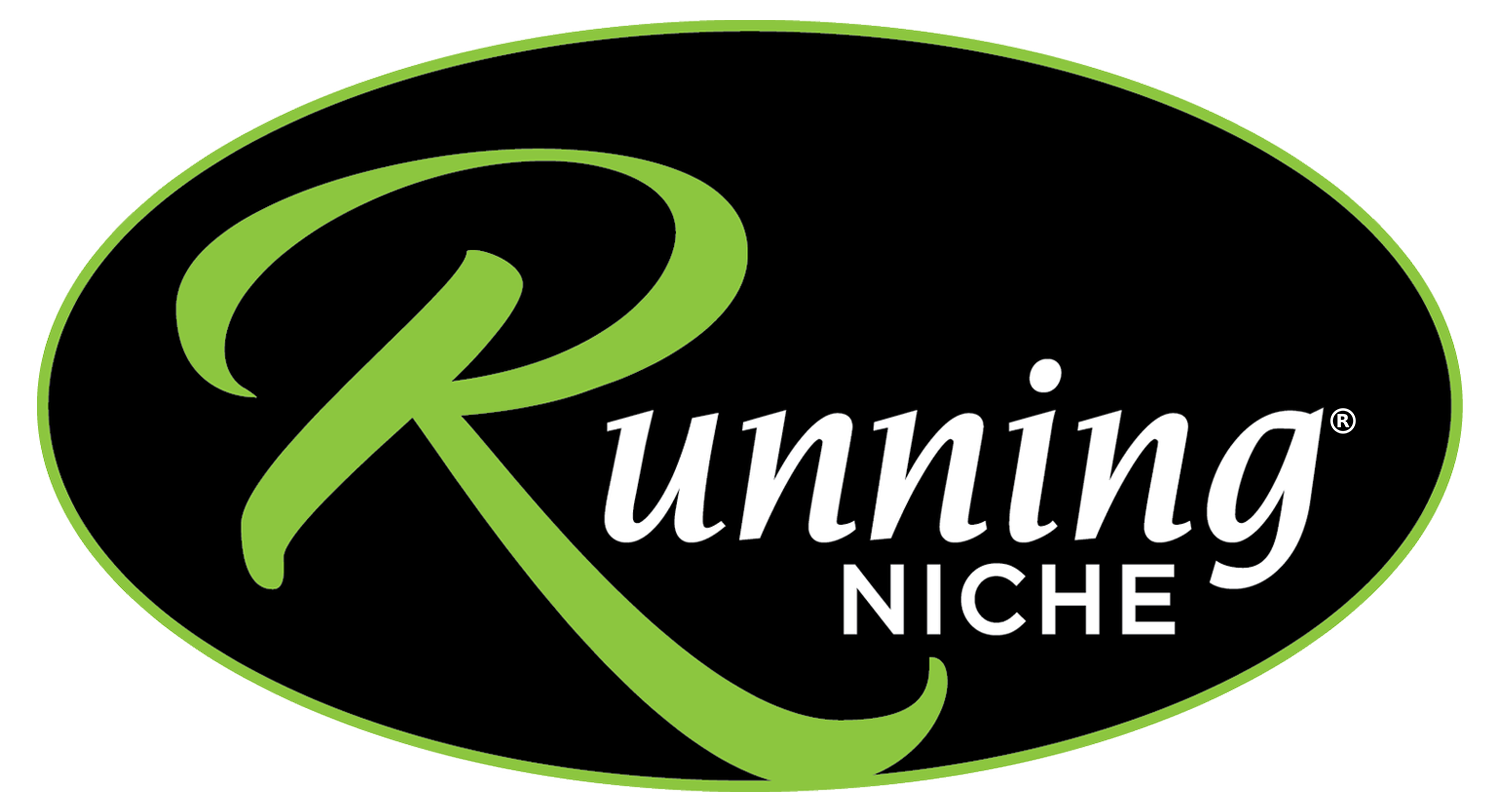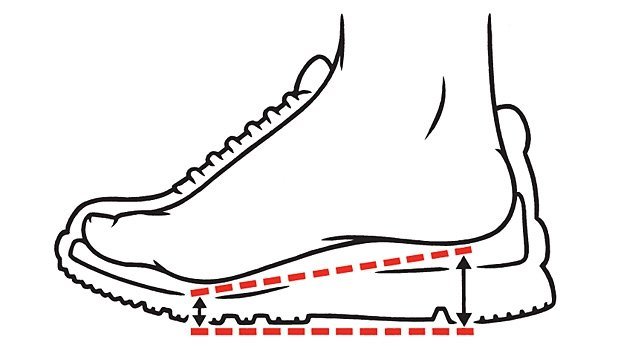Shoe Fitting at Running Niche
Our mission is to ensure each runner leaves our store with the proper shoe which fits their unique feet, biomechanics, and mileage needs.
Fit Philosophy
Every runner is unique, with varying arch and foot types, weights, biomechanics, surfaces, mileage, and goals. Each running shoe fits differently. While all our products are of high quality with current technologies, the challenge is to assess your needs and appropriately recommend several options which will work. Then it all comes down to “fit and feel”.
Foot Type Analysis
We provide a broad assessment to understand the foot type that each runner has.
These generally fall into three categories:
Low Arch/Flat Feet
Normal/Neutral Arch
High Arch
Once the foot type has been established an understanding of how it impacts gait is important. A Neutral or “Normal” arch type requires a shoe which is well cushioned, flexible and allows the foot and ankle to move through the gait cycle as it desires.
A Low Arch or “Flat Feet” may mean the runner over pronates (turns inward as shown above) and might require a shoe which provides additional support inside the shoe and a higher density midsole medially which helps resist compression. This does not hold true if the individual’s ankles and arches are strong. Support shoes generally run in a range from moderate to control. A high arched foot usually means the runner supinates and rolls outward, as shown above. This also requires specific shoe attributes which allow the foot to move naturally. Additional indicators of each of these three-foot types can be gained from viewing the outsole wear pattern of the runner, which is why it’s important you bring in your last pair of running shoes for analysis. Our assessment is also based on our experience and knowledge of working with many runners.
Foot Measuring
We take time to properly measure your feet using the industry standard Brannock device. We need to know the heel to toe length of each foot and the arch length from heel to ball. Both of these measurements are taken into consideration when assessing proper size. This requires experience and knowledge only gained from working one on one with many runners and assessing their size requirements. Each running shoe does fit differently so there is “art” involved as well as the literal size shown on the Brannock device.
Fit Importance
Once foot type has been established, assessing proper fit is the next critical element. Running shoes are made on a “last” which is a shape that dictates the dimensions of the heel, midfoot or “waist” of the shoe, ball girth and toe box among other key measurements.
Running shoe lasts are commonly made as straight, semi-curved and curved. Each of these last types aligns with a specific foot type: Straight/Over Pronation, Semi-Curved/Neutral and Curved/Supination. Each brand has their unique dimensions for their last’s assortment, which is why fit between brands can be quite different, even within styles within a brand. A clear understanding of the last type each shoe is made on is critical to the proper fit process. This only comes from experience working with many runners on our store floor.
Understanding certain terms is helpful for selecting the right shoe:
Stack Height: The height difference between the heel and forefoot.
Drop: The difference in height between the heel and forefoot.
Density: The hardness of the midsole material.
Abrasion: The outsole's ability to resist wear.
EVA and PU: Different midsole cushioning materials with varying properties.
Common Running Shoe Terms
The difference in height between the heel and forefoot is known as the drop.
The common measures which also come into play in shoe selection are Stack Height, Drop, Density, Abrasion, EVA and PU. The Stack Height refers to the height of the rearfoot and forefoot and the center point under the heel and ball. This is measured in millimeters (mm). The Drop is a common term referring to the difference between the heel stack height and the forefoot stack height. As an example, a heel stack of 30mm and forefoot stack of 20mm equals a drop of 10mm. A drop of 0mm means the heel and forefoot are sitting exactly on the same plane. A drop of 10mm means the heel is sitting higher than the forefoot and the foot is on a downward angle. Different drops have different ramifications on fit and feel. Of course, weight is also a very common measure that is important to know.
Density refers to the hardness of the midsole materials. A high density is firmer (normally found on the medial side) and a lower density is softer normally found under heel and ball. Abrasion refers the outsoles ability to resist wear. Most running shoes use high quality high abrasion rubber compounds in their outsoles. EVA (ethylene vinyl acetate) is a common midsole material used for cushioning. It can be molded and sculpted into different shapes and designs and is long lasting for impact absorption. It’s also generally light weight. PU (polyurethane) is another common midsole cushioning material. While it tends to be heavier than EVA it does absorb and dampen shock quite well. Care has to be taken when PU is used to encase it properly as it has a tendency to absorb moisture and breakdown if not sealed.







